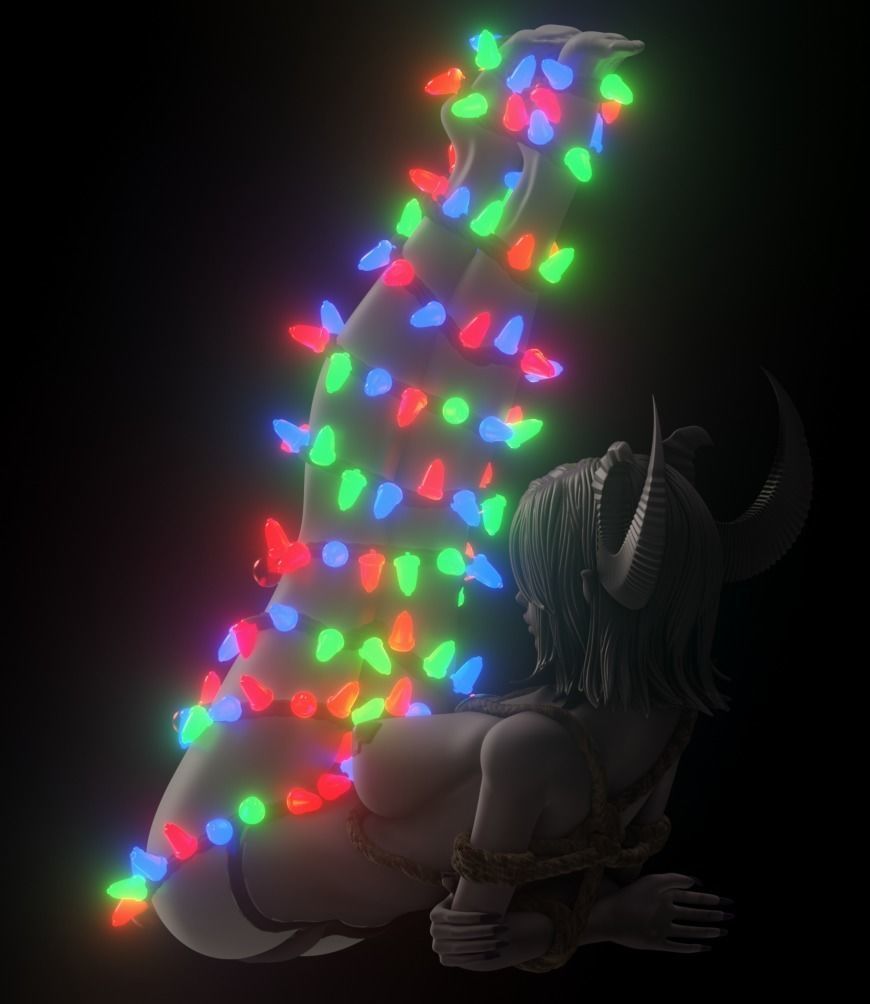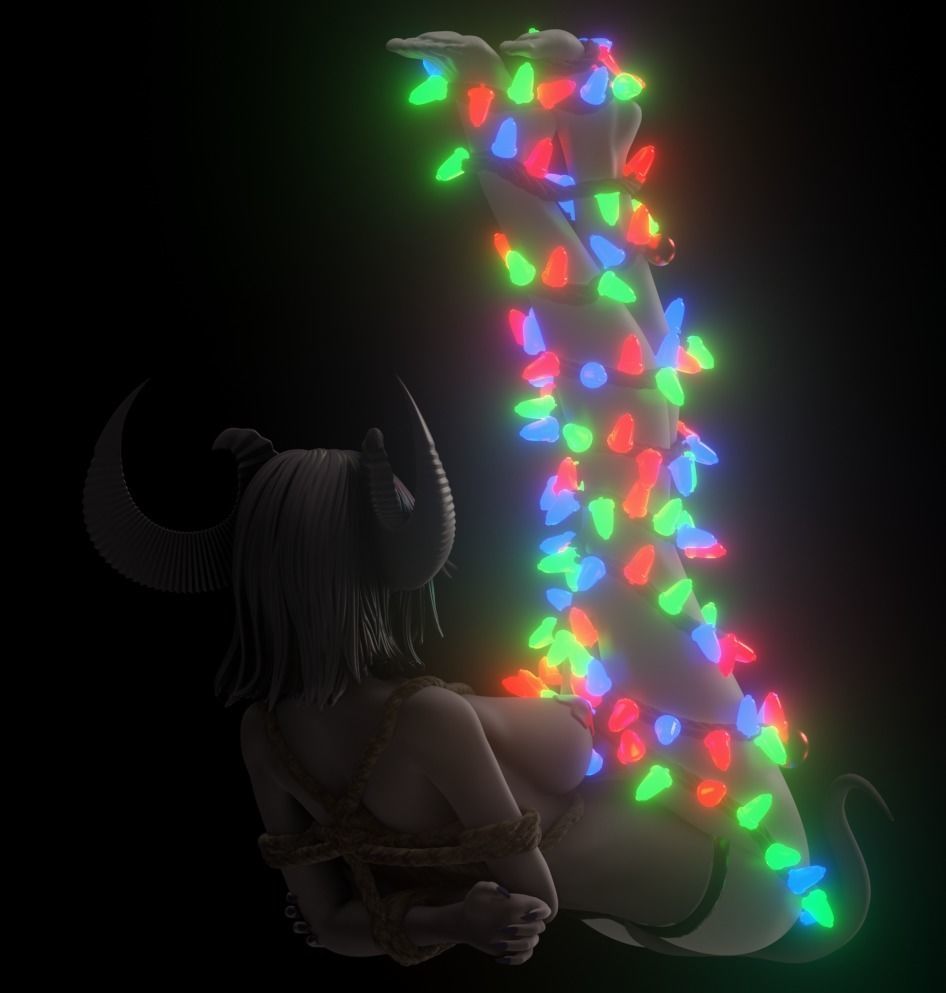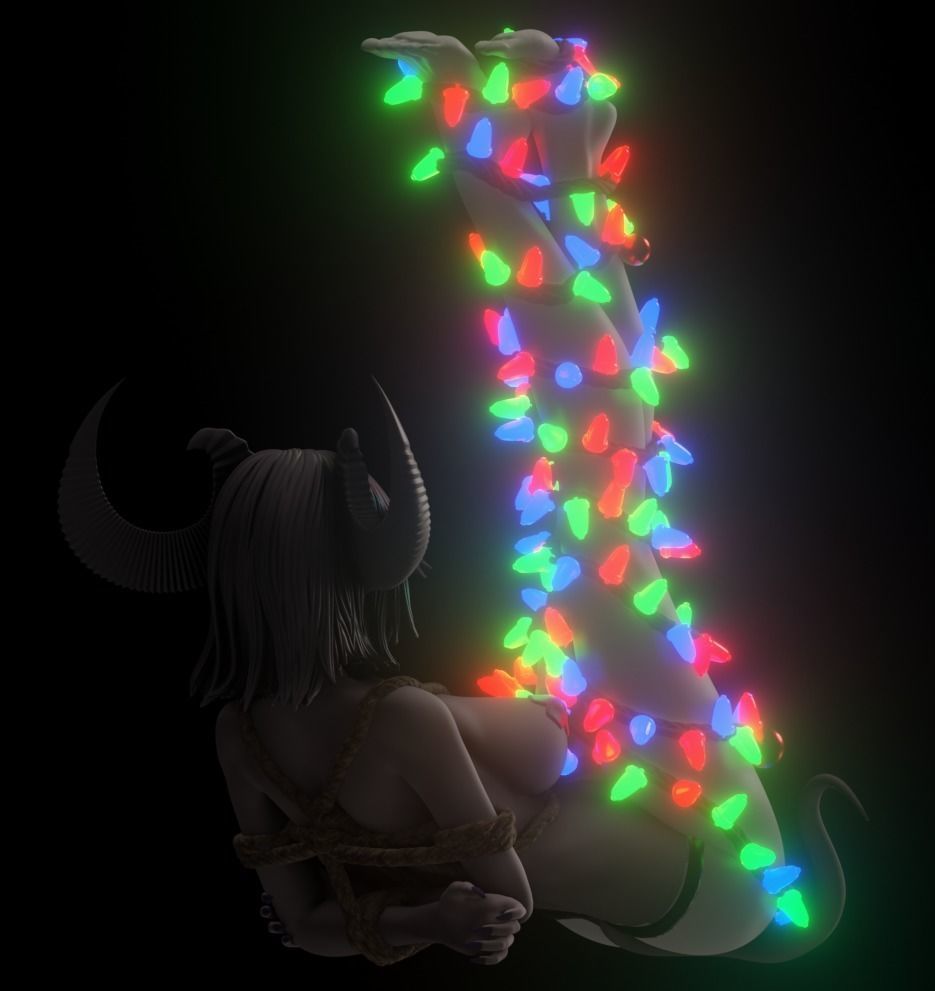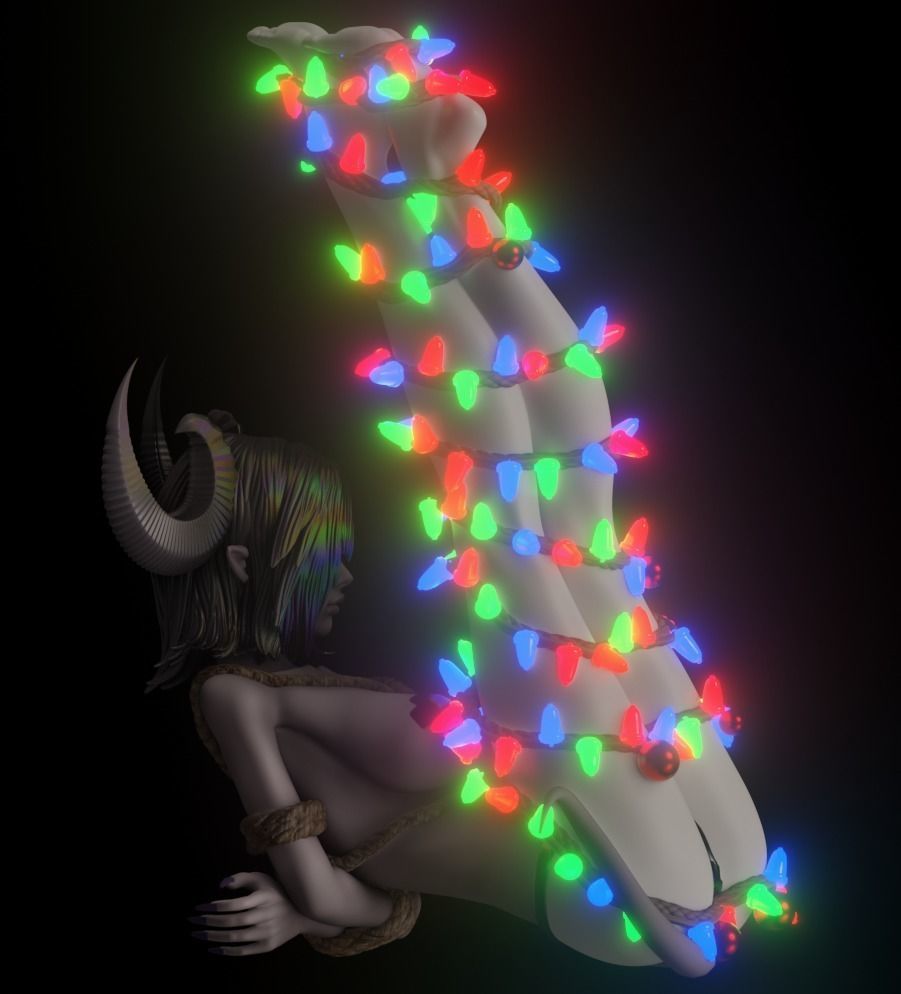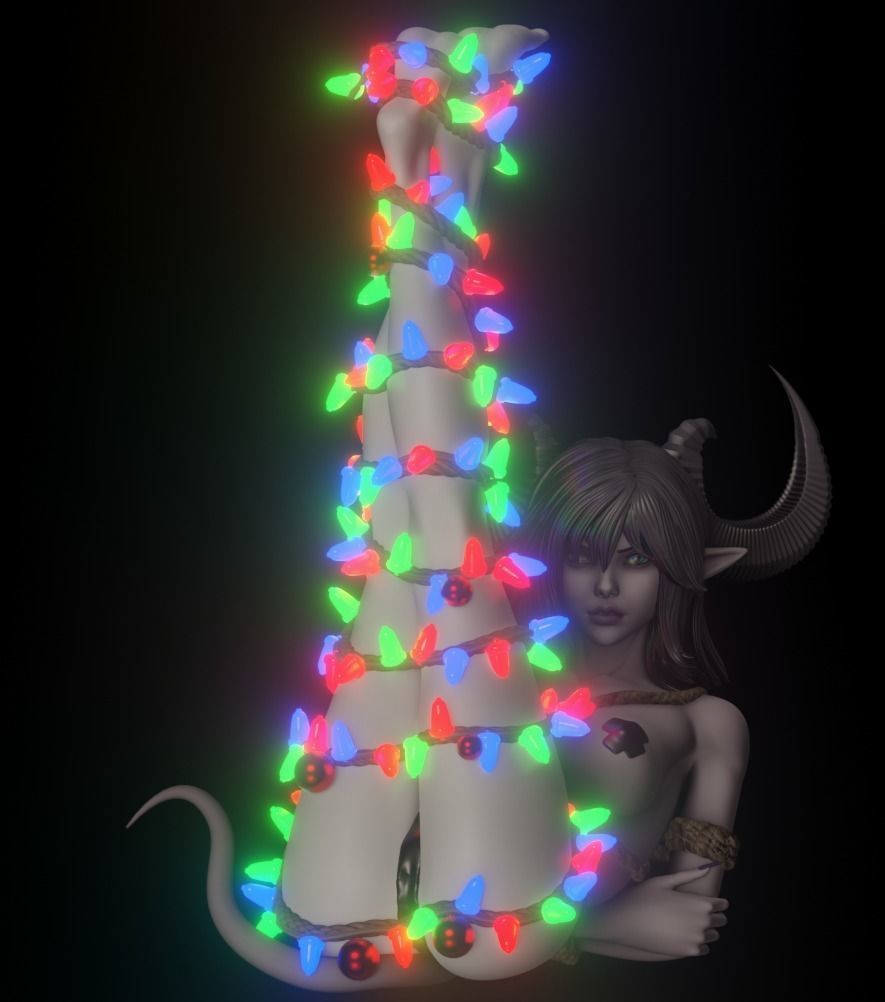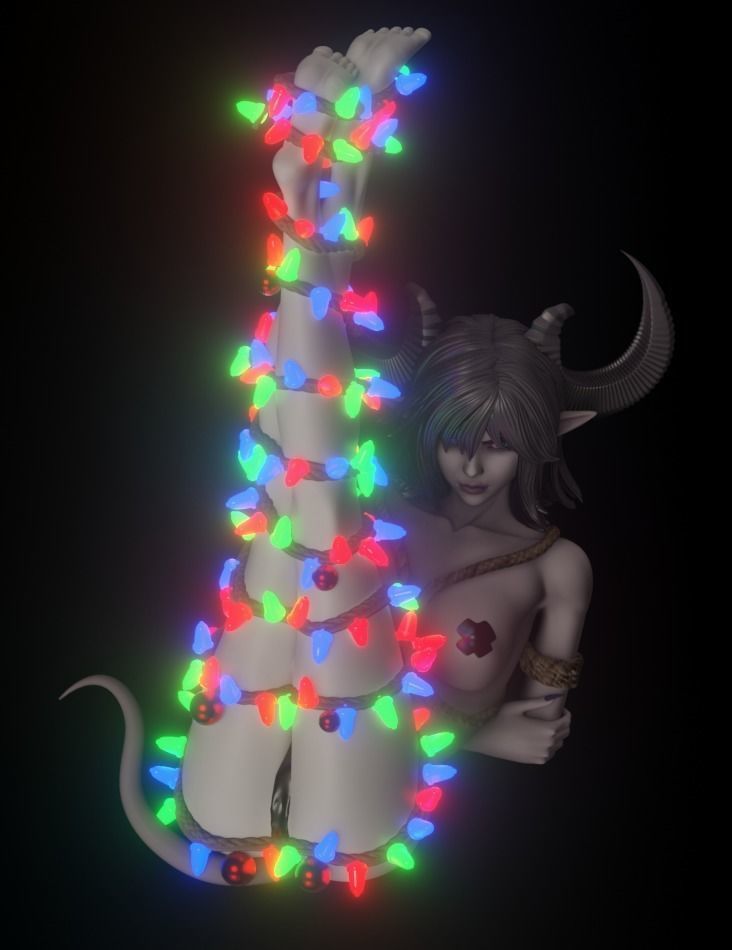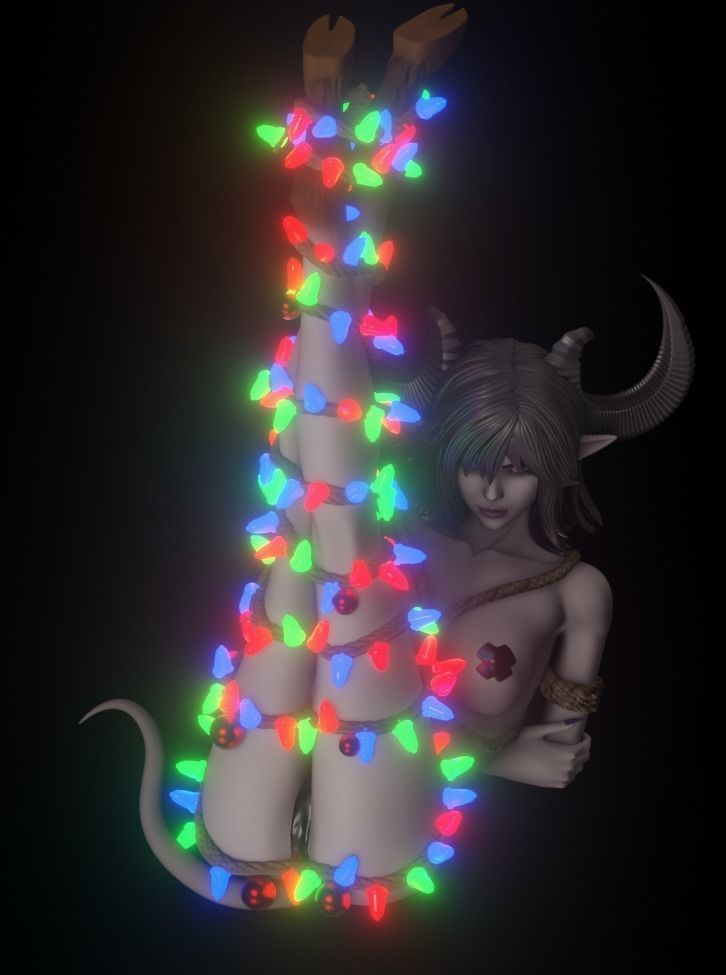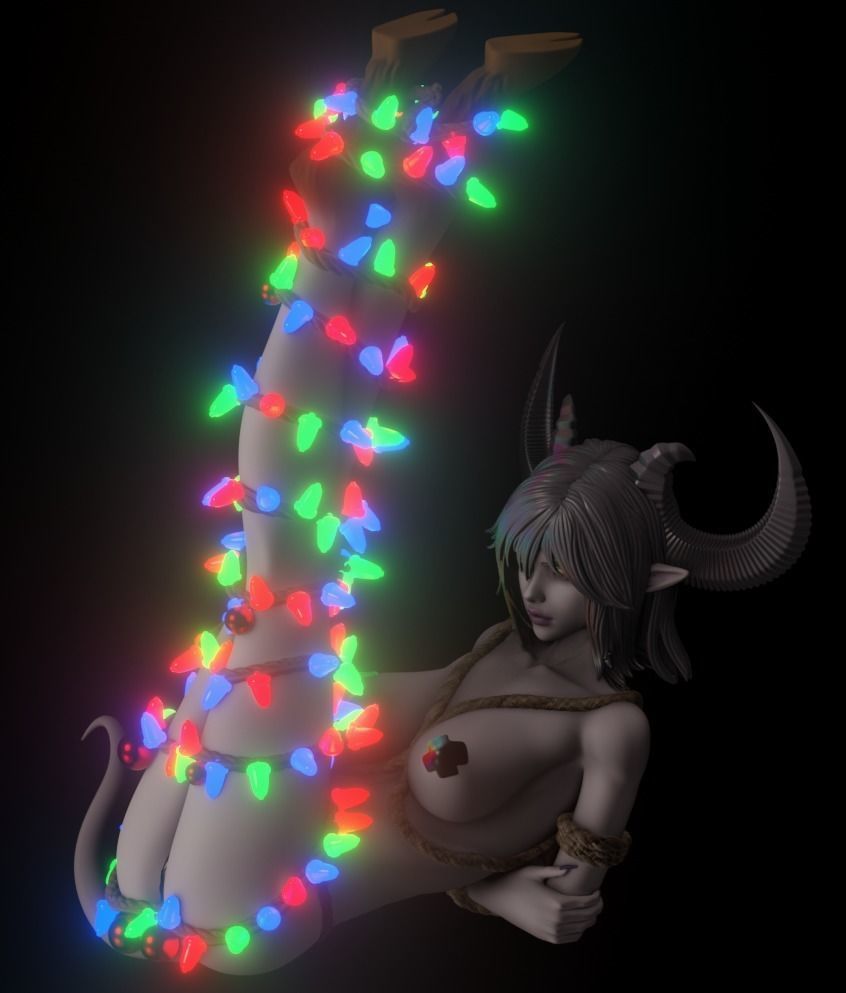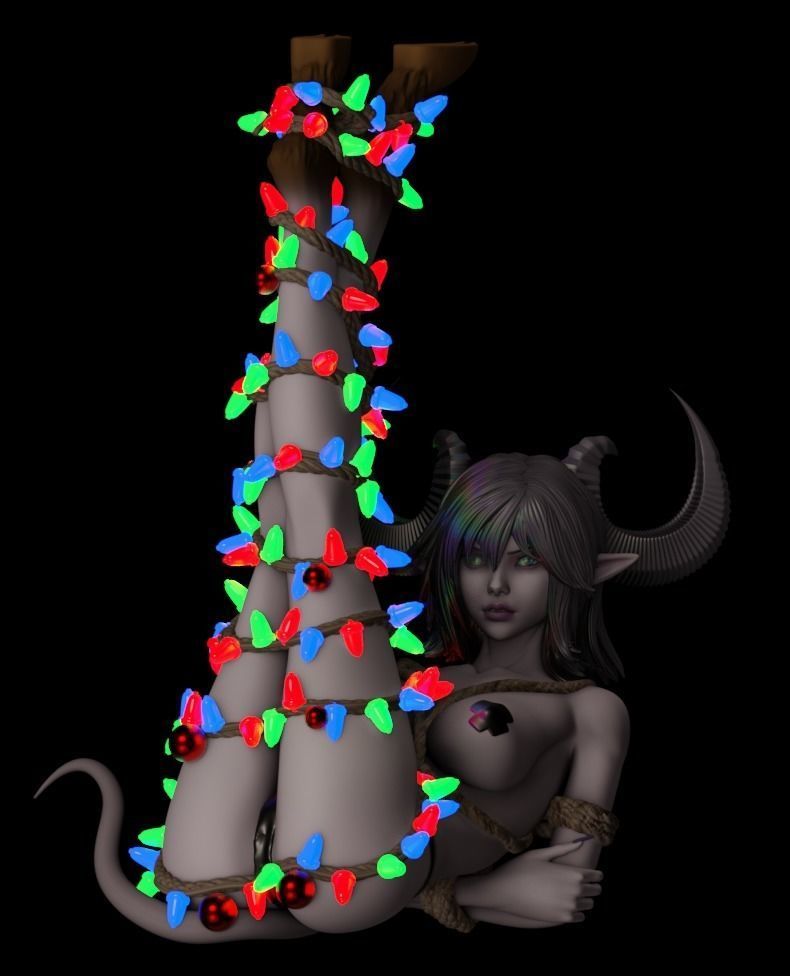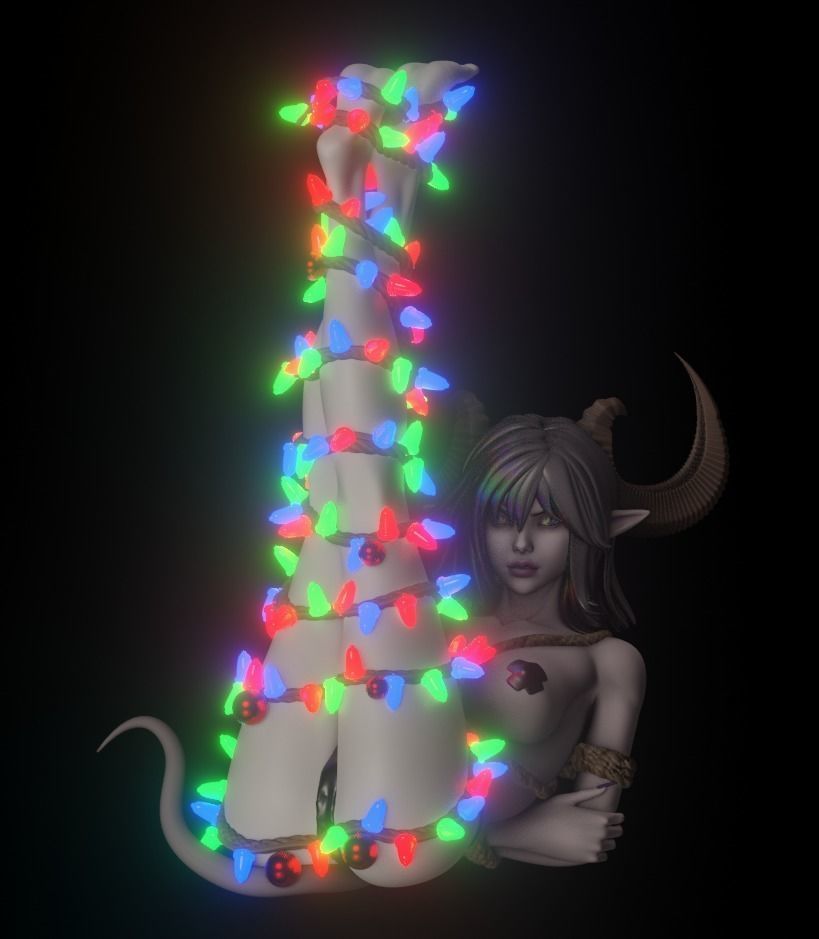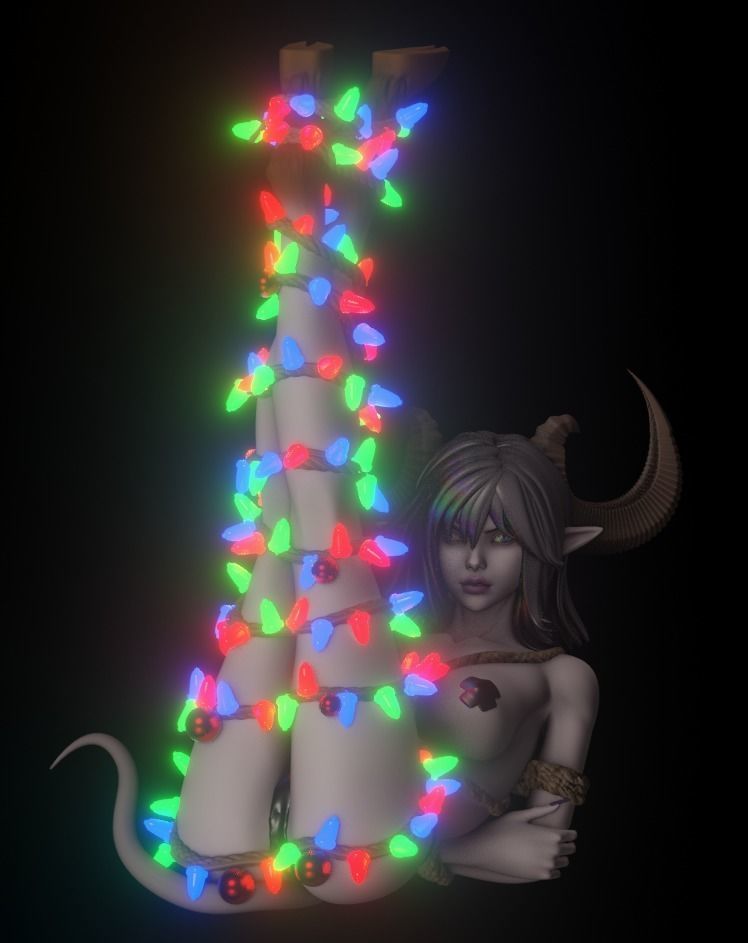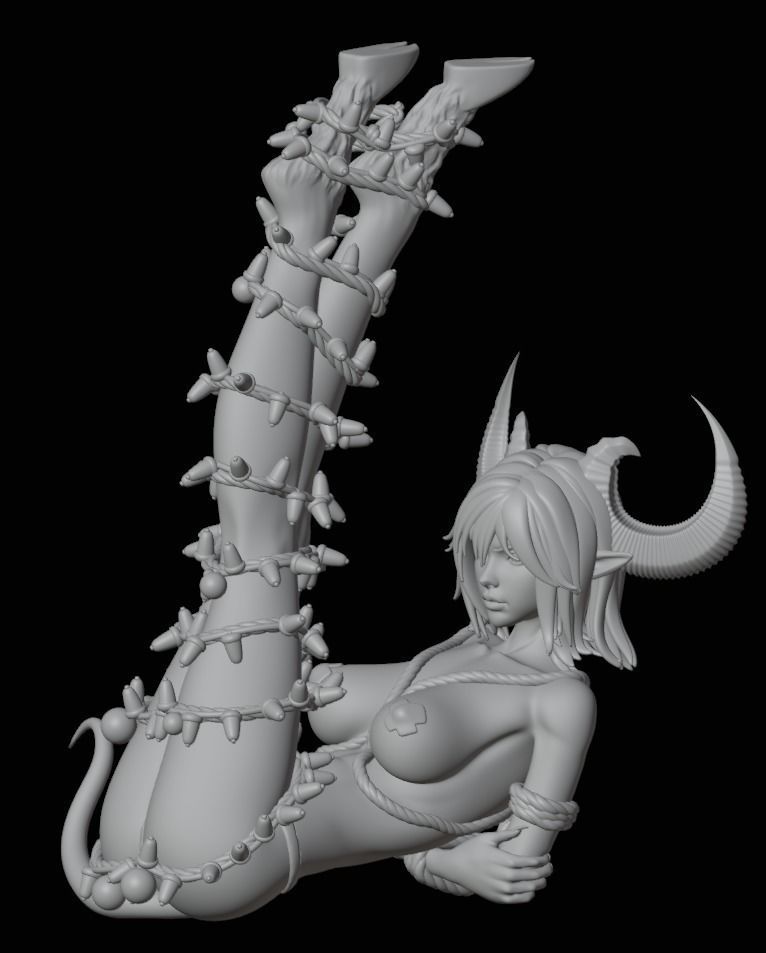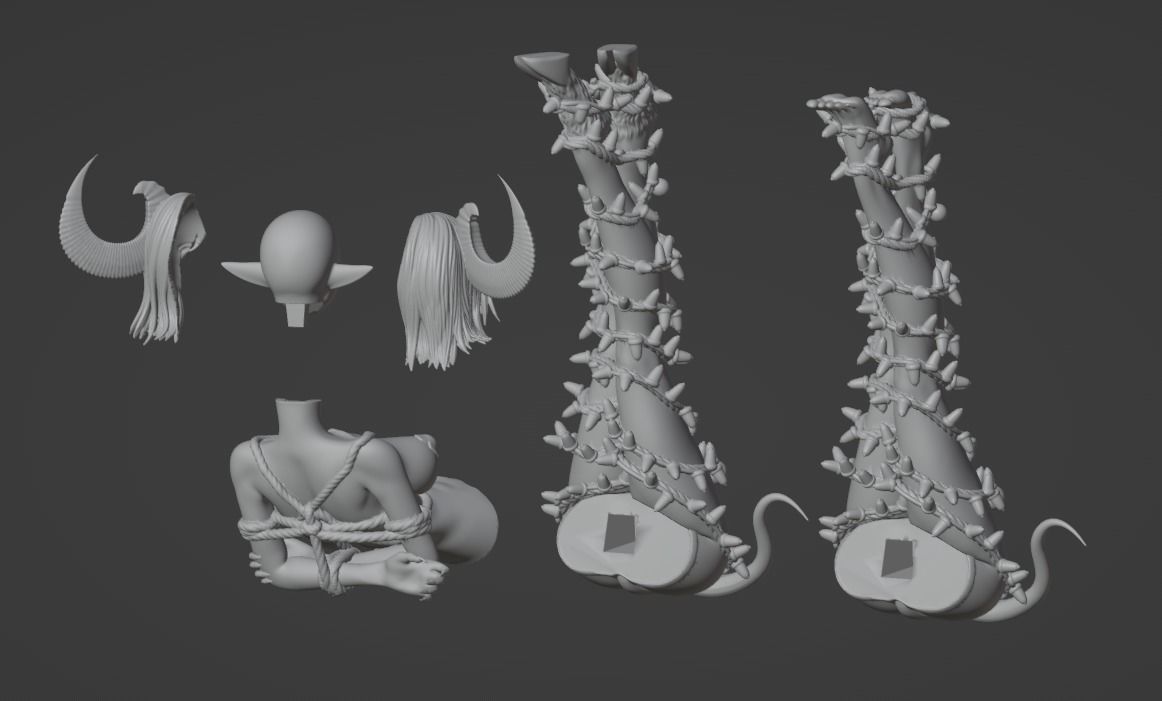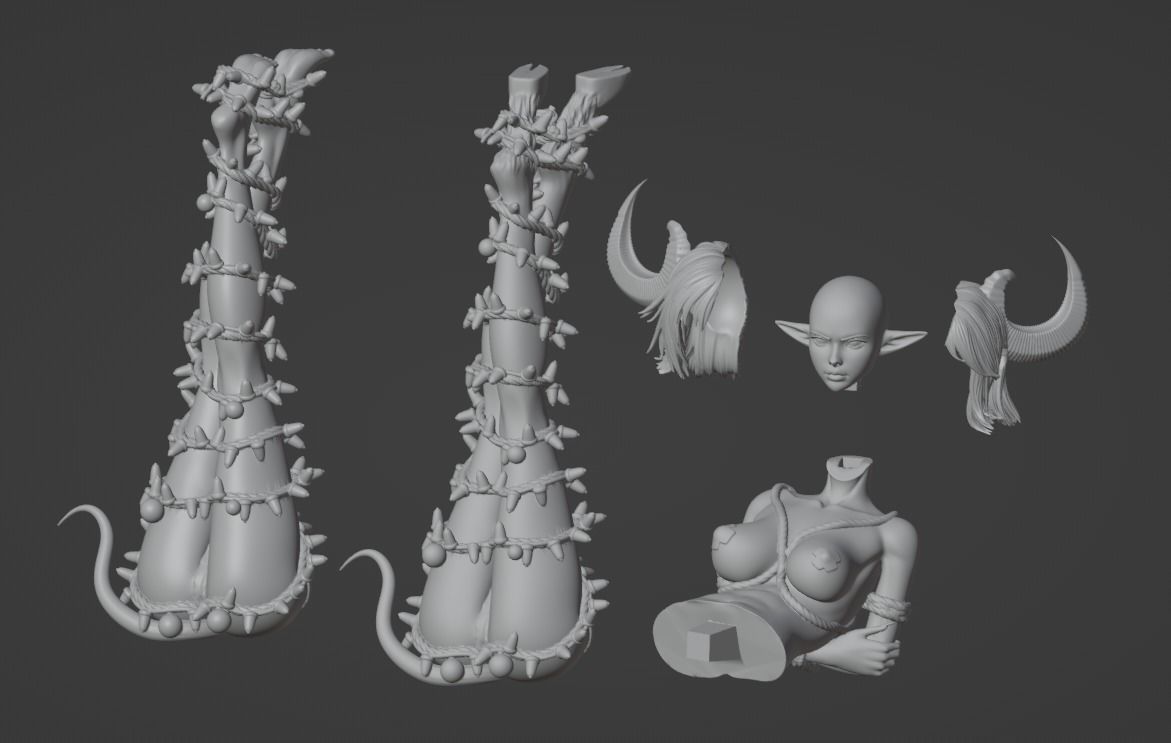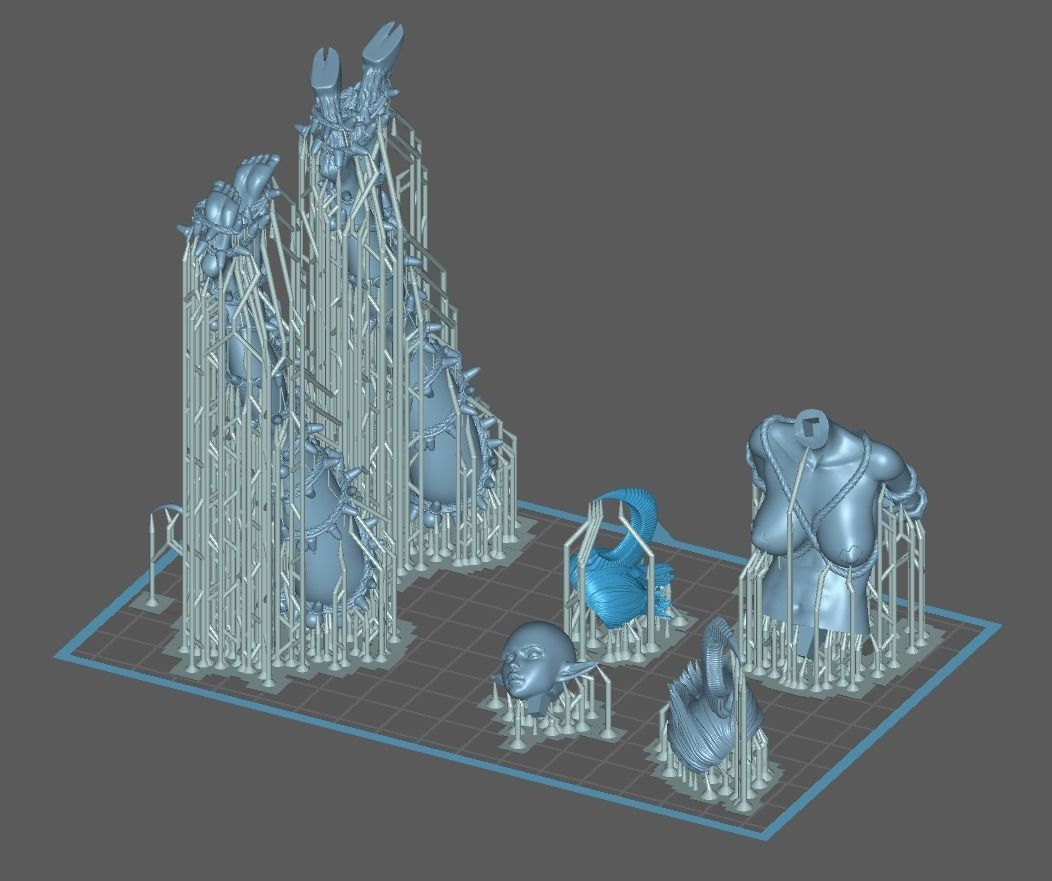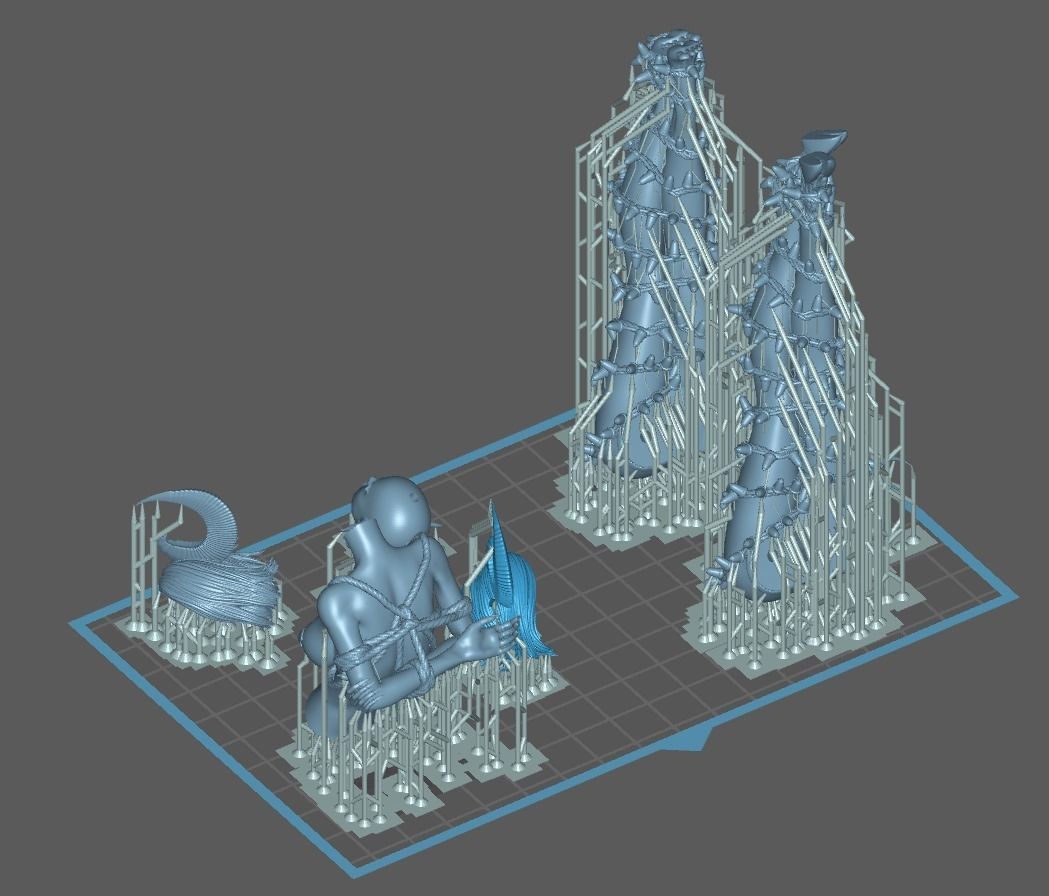
Sexy Christmas Tree Krampus - 1to10 STL file 3D print model 3D print model
Ciao Ragazzi!!
Here my fanart version of the Sexy Christmas Tree Krampus, made as a statue in 1:10 scale.
The file is made in Blender 3D and is printed and tested.
The Krampus is ready to print and sliced into 7 parts, with 2 legs type!.
She came with keys to make it easier to print and paint.
Came also with Presupported Chitubox files!
If you want send me pictures of your print to share I will be happy! Hope you like!
From Wiki:The Krampus is a horned anthropomorphic figure who, in the Central and Eastern Alpine folkloric tradition, is said to accompany Saint Nicholas on visits to children during the night of 5 December (Krampusnacht; “Krampus Night”), immediately before the Feast of St. Nicholas on 6 December. In this tradition, Saint Nicholas rewards well-behaved children with small gifts, while Krampus punishes badly-behaved ones with birch rods.[1][2]
The origin of the figure is unclear; some folklorists and anthropologists have postulated that it may have pre-Christian origins.[3] In traditional parades and in such events as the Krampuslauf (Krampus run), young men dressed as Krampus attempt to scare the audience with their antics. Krampus is featured on holiday greeting cards called Krampuskarten.
The figure has been imported into American popular culture, and has appeared in movies, TV and games.
EtymologyKrampus is thought to come from either Bavarian: krampn, meaning dead, rotten, or from the German: kramp/krampen, meaning claw.[4][5][6] The Krampus is considered to be a half-goat, half-demon monster in some legends.[7] Its role is to punish bad children or scare them into being good.[8][9]
Origins
A person dressed as Krampus at Morzger Pass, Salzburg, AustriaThe history of the Krampus figure has been theorized as stretching back to pre-Christian Alpine traditions,[3][6] though there are no written sources before the end of the 16th century.[10]
Discussing his observations in 1975 while in Irdning, a small town in Styria, anthropologist John J. Honigmann wrote that:
The Saint Nicholas festival we are describing incorporates cultural elements widely distributed in Europe, in some cases going back to pre-Christian times. Nicholas himself became popular in Germany around the eleventh century. The feast dedicated to this patron of children is only one winter occasion in which children are the objects of special attention, others being Martinmas, the Feast of the Holy Innocents, and New Year's Day. Masked devils acting boisterously and making nuisances of themselves are known in Germany since at least the sixteenth century while animal masked devils combining dreadful-comic (schauriglustig) antics appeared in medieval church plays. A large literature, much of it by European folklorists, bears on these subjects. ... Austrians in the community we studied are quite aware of heathen elements being blended with Christian elements in the Saint Nicholas customs and in other traditional winter ceremonies. They believe Krampus derives from a pagan supernatural who was assimilated to the Christian devil.[11]
The Krampus figures persisted, and by the 17th century Krampus had been incorporated into Christian winter celebrations by pairing Krampus with St. Nicholas.[12]

